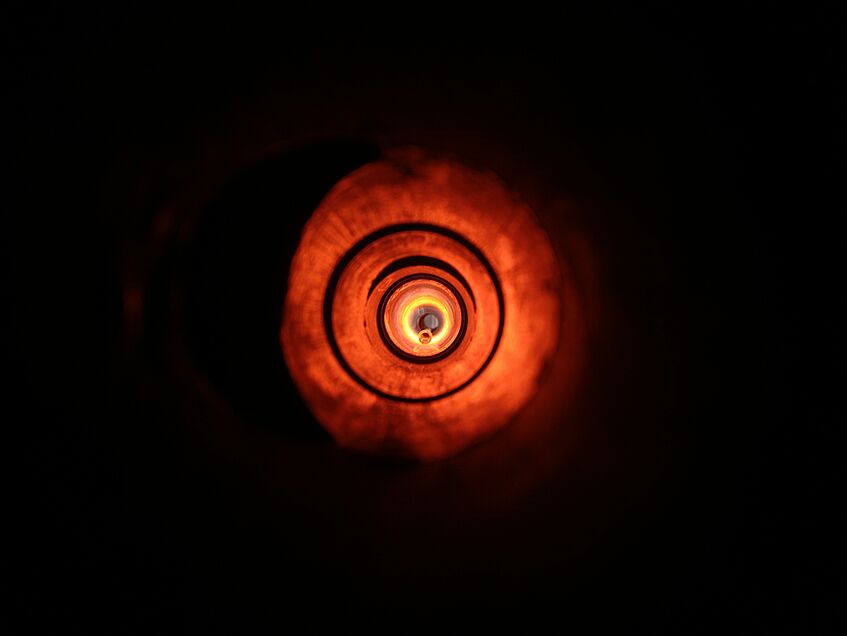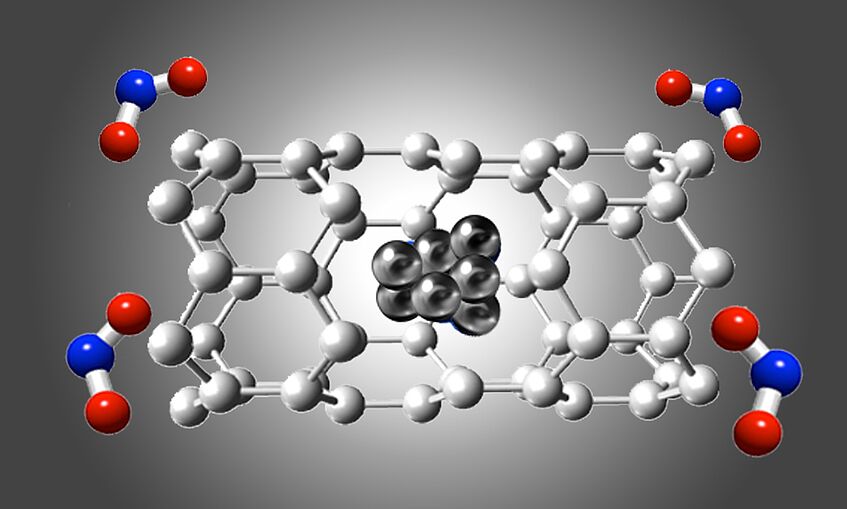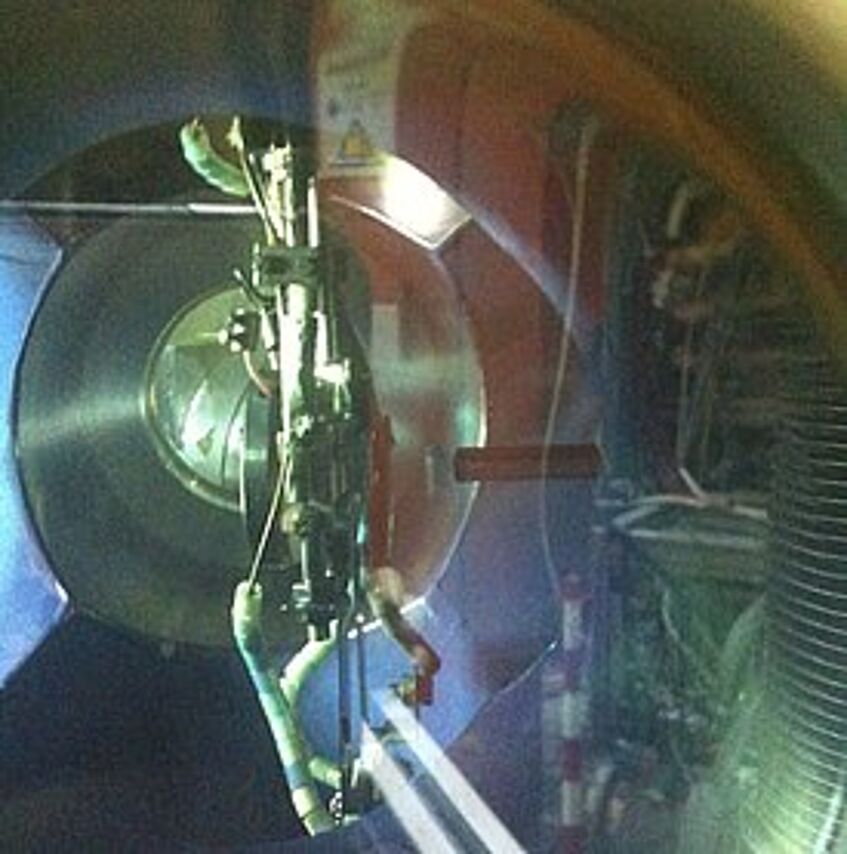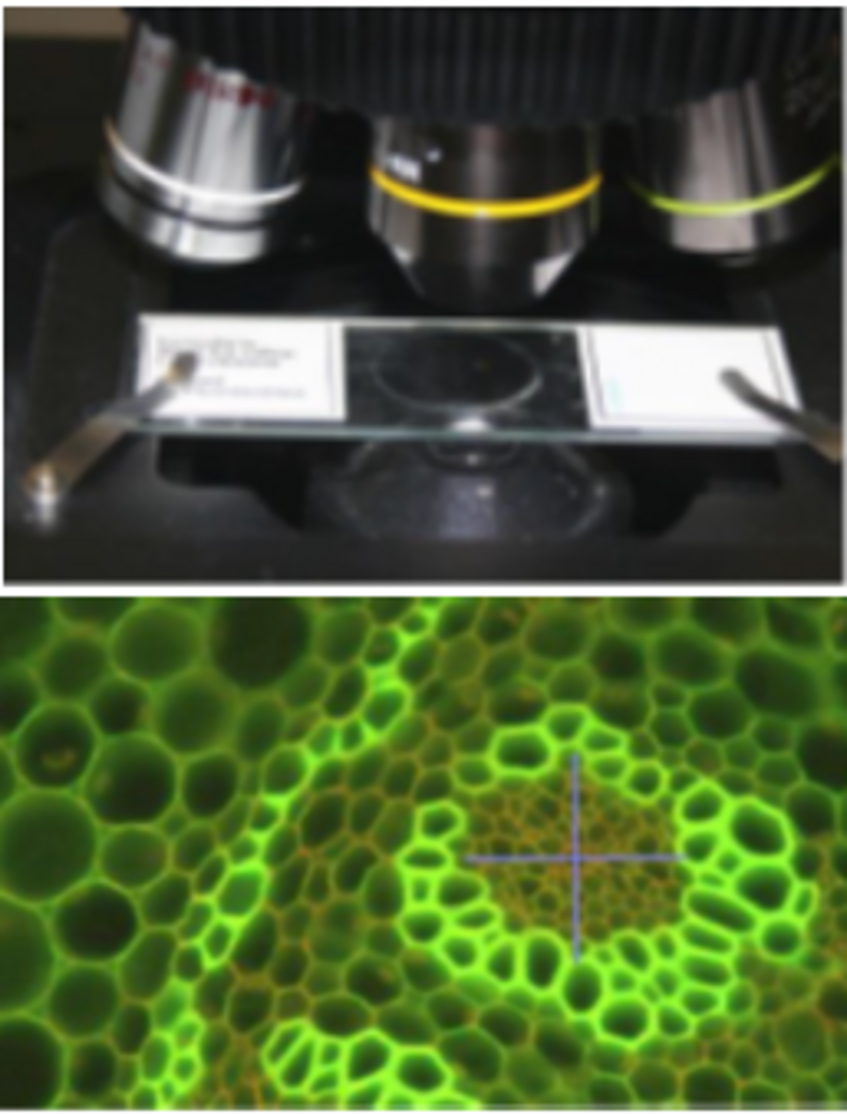
Materials Synthesis
The synthesis of single-walled carbon nanotubes (SWCNTs) has overcome many challenges in the last decade. Especially those structures mainly formed by C atoms can nowadays be produced in large amounts and the samples can be purified and sorted by metallicity. We are interested in how to tailor the properties of the SWCNTs by changing their pristine form to make their functional for applications. We therefore investigate the catalysis and reaction control for nanotubes, nanowires and hybrid molecular nanostructures. We pay special attention to the SWCNT large scale production using powder-, floating- and supported-catalysts for CVD in flowing atmospheres as well as high vacuum (HV) CVD systems.

Gas Adsorption Mechanisms on Tailored Targets
Gas sensing with carbon nanostructured materials has attracted a lot of interest and particularly single-walled carbon nanotubes (SWCNTs) have enormous potential for applications due to their unique structural and physical properties, such as large surface area to volume ratio and conductivity. However, the development of the next generation gas sensors stringent requirements, such as high sensitivity, high selectivity, fast response and optimal recovery, are imposed. SWCNTs have already been tested in those directions but not always the purity of the materials has been well controlled. This is the reason why many nanotube-based sensors have shown accuracy and durability problems that remain unsolved.

Photoemission Spectroscopy
Implementation of photoemission spectroscopy as a tool to understand nanoscale: While working with SWCNT in photoemission (PES) and X-ray absorption (at synchrotron facilities), a fine structure in the C1s edge and in the valence band in PES separately discern the SWCNT metallic and semiconducting nature with unique characteristic patterns. Such studies consider the technical constraints such as the surface sensitivity related to the inhomogeneity of the materials. However, they are only possible because the breakthrough in purification and sorting came to fruition. The specific PES/XAS bulk analysis had a major impact allowing to explore the detailed valence and conduction band of SWCNTs, which was not possible before. Considering that SWCNTs are extremely valuable as archetypical 1D solids, making use of PES, as bulk technique, allows resolving their electronic structure and metallicity, as well as confirming the Tomonaga-Luttinger liquid behavior in bulk metallic samples. There is a vast playground for the use of PES in tailored hybrids.

Fluorescence Life Time Mapping
One of the most difficult techniques to perform on SWCNTs in fluorescence microscopy. Albeit these structures have a very high quantum yield, in order to excite them and detect their fluorescence we must consider two different optical ranges and it is necessary to have dispersed and impurity free material. We focus our attention of fluorescence microscopy in the spirit of assessing the applicability potential of SWCNT hybrids in bio-imaging. SWCNTs fluoresce in the range that biological tissues are transparent so using this technique has tremendous implications for applications in this field in particular.
